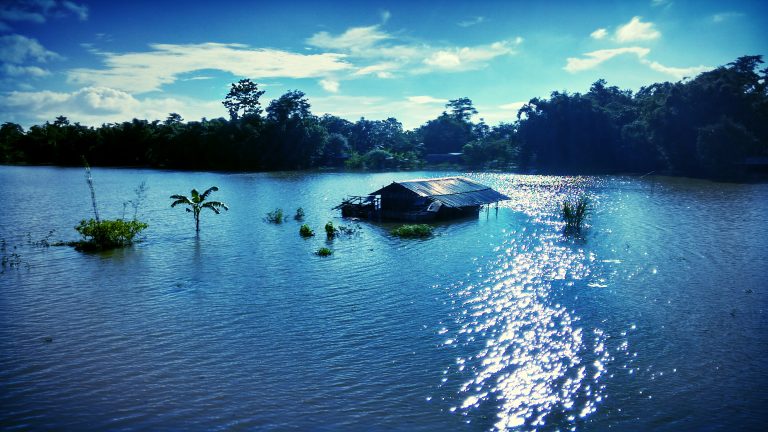It is not the flood but the bad planning and poor disaster management that brings misery to people and loss of livestock- Tandon Sir
Some definitions and keywords.
TRADE WINDS-The trade winds or easterlies are the permanent east-to-west prevailing winds that flow in the Earth’s equatorial region.
LIVESTOCK- Livestock is the domesticated animals raised in an agricultural setting to provide labor and produce commodities such as meat, eggs, milk, fur, leather, and wool.
LA NINA- La Niña means Little Girl in Spanish. During La Niña events, trade winds are even stronger than usual, pushing more warm water toward Asia.
NEGATIVE DIPOLE- The Indian Ocean Dipole (IOD), also known as the Indian Niño, is an irregular oscillation of sea surface temperatures in which the western Indian Ocean becomes alternately warmer (positive phase) and then colder (negative phase) than the eastern part of the ocean.
BASIN- A river basin is the portion of land drained by a river and its tributaries. It encompasses all of the land surface dissected and drained by many streams and creeks that flow downhill into one another.
CLIMATE CHANGE-Climate change refers to long-term shifts in temperatures and weather patterns. These shifts may be natural, such as through variations in the solar cycle. But since the 1800s, human activities have been the main driver of climate change, primarily due to burning fossil fuels like coal, oil, and gas.
CYCLE OF FLOOD-Floods is part of the natural water cycle or a “Hydrologic Cycle”. In this natural cycle, the energy of the sun causes water to evaporate and form clouds, which move inland and become rain. This rain will then runoff either directly through the river systems or be absorbed into the soil to later create groundwater flow.
FLOOD-A flood is an overflow of water that submerges land that is usually dry. Floods are an area of study in the discipline of hydrology. They are the most common and widespread natural severe weather events. Floods can look very different because flooding covers anything from a few inches of water to several feet.
LOWLANDS-A flat area of land at about sea level.
RIVERINE-Relating to or situated on a river or riverbank.
MEGAFLOOD- A megaflood is a flood that suddenly releases a tremendous amount of water. In geomorphology, it is sometimes called an outburst flood.
REJUVENATE-To makes rivers or land feel or look younger by enriching them with nutrients and minerals.
SEDIMENT- Sediment is a naturally occurring material that is broken down by processes of weathering and erosion, and is subsequently transported by the action of wind, water, or ice or by the force of gravity acting on the particles.
WETLANDS- Wetlands are areas where water covers the soil, or is present either at or near the surface of the soil all year or for varying periods of time during the year, including during the growing season.
RIVERBED- A river bed is a ground where a river flows over.
CAPRICIOUS-Changing behavior suddenly in a way that is difficult to predict
SWAMPS-A swamp is an area of land permanently saturated, or filled, with water. Many swamps are even covered by water.
EMBANKMENT- An embankment (levee) is an artificial bank built along river banks to protect adjacent land from inundation by a flood.
LANDSLIDES-A landslide is defined as the movement of a mass of rock, debris, or earth down a slope.
SEISMICITY-The occurrence or frequency of earthquakes in a region.
This article will provide an introductory and simplified answer to the following questions.
What are the factors because which flood and rain patterns change in India?
What are flood cycles?
How do incoming floods help replenish the depleting soil of a region?
What is the role of the Bay of Bengal in monsoon dynamics in India
What are El Nino and LA Nina and Indian ocean dipole effects on monsoon
How does global warming affect the water carrying capacity of monsoon winds from the Bay of Bengal
How megaflood cycles related to usual flood cycles
What are the positive effects of floods?
The article will continue.

